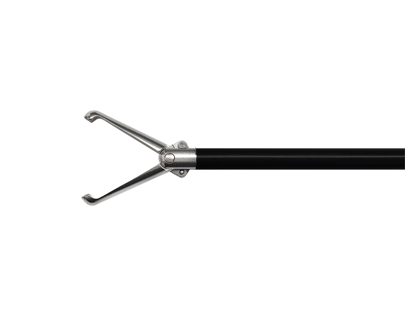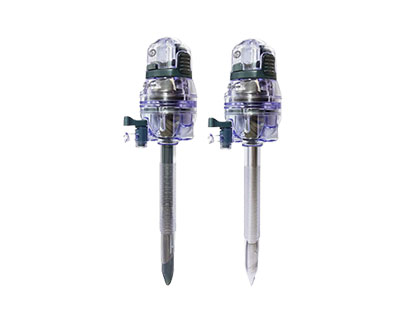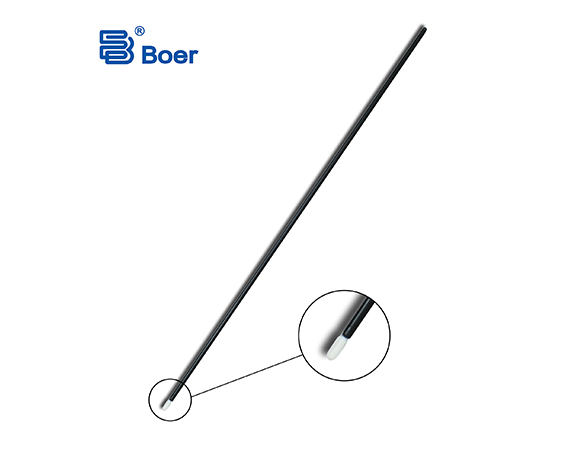The History Of Laparoscopy As A Treatment
In 1901, Ott, a gynecologist in Petersburg, Russia, made a small incision in the anterior abdominal wall, inserted a speculum into the abdominal cavity, and used a head mirror to reflect light into the abdominal cavity to examine the abdominal cavity, and called this inspection as laparoscopy. . In the same year, the German surgeon Kelling inserted a cystoscope into the dog's abdominal cavity for examination, which he called laparoscopic endoscopy. The term laparoscopy was first used in 1910 by Jacobaeus of Stockholm, Sweden, who used a trocar to create a pneumoperitoneum. In 1911, Bernhein, a surgeon at Johns Hopkins Hospital in the United States, inserted a proctoscope into the abdominal cavity through an incision in the abdominal wall, using the emitted light as a light source. In 1924, Stone, a Kansas physician, inserted a nasopharyngoscope into the abdominal cavity of a dog, and recommended the use of a rubber gasket to help seal the puncture cannula to avoid air leakage during the operation.
The idea was generally accepted
In 1938, the Hungarian surgeon Veress introduced a gas injection needle, which can safely make pneumothorax; when doing pneumoperitoneum, it can prevent the needle tip from damaging the internal organs under the needle. The idea of making pneumoperitoneum with a compromise safety needle in 1938 was generally accepted and is still in use today. The inventor of the true targeted laparoscopic examination was the German gastroenterologist Kalk, who invented a lens system for straight forward strabismus of 135°. He is considered the founder of laparoscopy in Germany for the diagnosis of liver and gallbladder diseases. He first advocated the use of double trocar technique in 1929. In 1972, the American Society of Gynecologic Laparoscopy planned to complete nearly 500,000 abdominal examinations in the next few years, which has been widely accepted by gynecologists. Nearly one-third of gynecological procedures at Cedars-Sniai Medical Center in Los Angeles use diagnostic or therapeutic laparoscopic techniques. In 1986, Cuschieri began to do animal experiments on laparoscopic cholecystectomy. At the first World Congress of Surgical Endoscopy Representatives in 1988, he reported a successful laparoscopic cholecystectomy in experimental animals, which was applied to the clinic in February 1989. The first successful laparoscopic cholecystectomy in humans, the French surgeon Philipe Mouret, in 1987, he used laparoscopic treatment of gynecological diseases at the same time to the same patient with a successful cholecystectomy, but did not report.
Laparoscopic cholecystectomy progressed
In May 1988, Dubois in Paris carried out experiments on laparoscopic cholecystectomy in pigs and also used it in clinical practice. The results were first published in France and screened at the annual meeting of the American Society of Gastrointestinal Endoscopy in April 1989. The video shook the world in one fell swoop. It first shook the surgical field in the United States, and a boom in laparoscopic cholecystectomy emerged in the United States, making laparoscopic cholecystectomy progress from animal experiments and clinical exploration to clinical development. In February 1991, Xun Zuwu performed the first laparoscopic cholecystectomy in China, which was also the first laparoscopic surgery in China. In the past 10 years, China has carried out more than 40 types of laparoscopic surgery, with more than 1 million cases.



